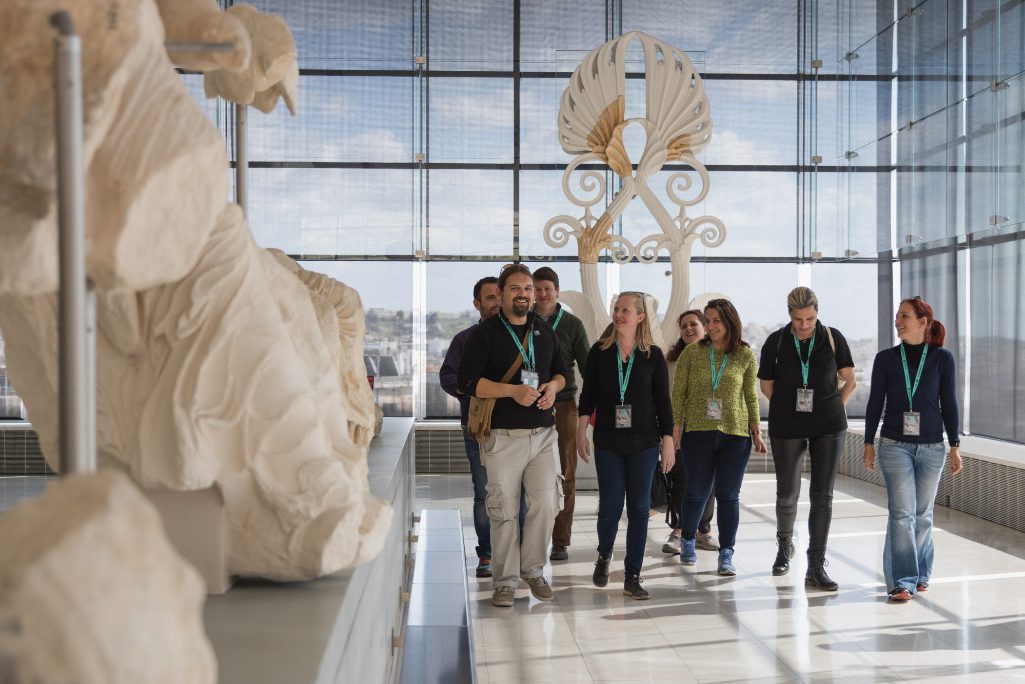How to Sell a Tours and Travel Experiences Company During a Pandemic

Skift Take
Hornblower's acquisition of Walks and Lindblad's takeover of DuVine are great case studies. They show how young companies can land well even in times of crisis. The lessons ought to resonate across the travel sector.
The tours, activities, and experiences sector has been an unheralded bright spot for acquisitions in the travel industry.
In recent months, Hornblower Group acquired walking tour company Walks and other experiences brands. Lindblad Expeditions took a majority stake in DuVine Cycling and Adventure and another experience brand. GetYourGuide acquired Guidatours.
The deals were less interesting for their size than for what they symbolized. The companies didn't disclose terms at a time when the pandemic had slashed valuations. Yet the transactions still suggested a revival in momentum for applying modern selling and business techniques to the fragmented tours-and-activities sector.
Join Us at the Skift Short-Term Rental and Outdoor Summit on May 19
The deals reflect the scorch marks of the pandemic. Travel attracted only $4.1 billion of venture capital in 2020, down 55 percent from 2019 — the lowest level in nearly a decade, said Skift Research. Before the pandemic, the tours and activities sector was hot. Investors backed players in e-commerce and operational software with more than $1 billion in funding over a few short years. The latest set of deals is smaller, but it may represent the edge of a wave. Investors are betting that scale and fresh capital will help suppliers adapt to an expected post-pandemic surge in demand for authentic experiences that stand in sharp contrast to Zoom meetings — plus the rise of advance bookings via mobile devices. [caption id="attachment_428441" align="alignright" width="300"] Tour in San Francisco organized and run by Hornblower. Source: City Experiences.[/caption] Here's a closer look at the acquisitions of Walks and DuVine Cycling and Adventure. Startups may find applicable lessons in how they chose customer segments, how they built their cost structures, and how they hustled in marketing. The CEOs of both Walks and DuVine said in separate interviews a similar thing: Focusing on the customer and refining the product in response is a superior approach to business. But that advice is easier said than followed. "Investors have often struggled to understand why the tours-and-activities space is so fragmented, and why brands rarely scale," said Walks co-founder and CEO Stephen Oddo. "Part of the problem is that what the customer wants is often a really specific experience that requires a lot of complexity to fulfill." "Let's say I, as a traveler, want to go to
